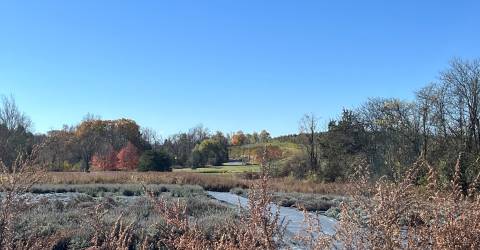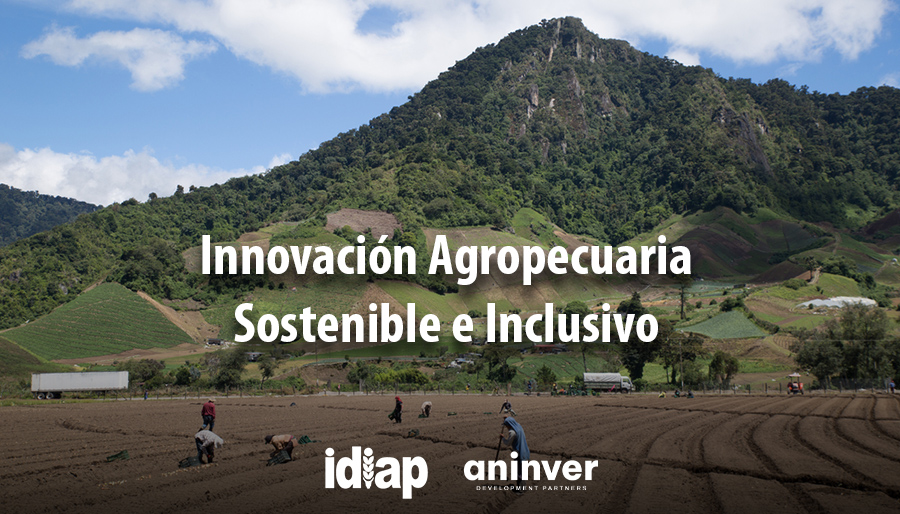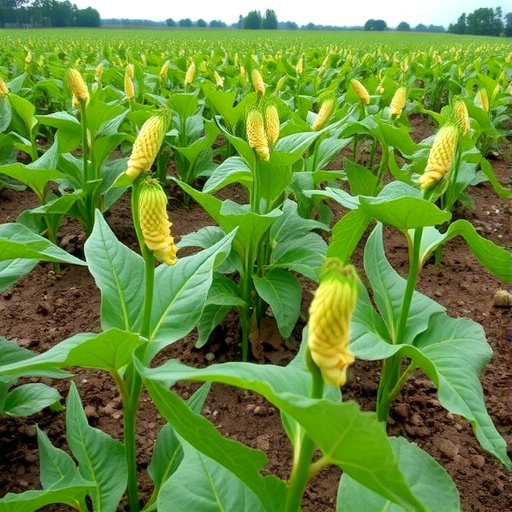CRP Grasslands – USDA FSA (.gov)

Report on the Grassland Conservation Reserve Program (CRP)
Program Overview and Objectives
The Grassland Conservation Reserve Program (CRP) is a federally funded, voluntary initiative administered by the Farm Service Agency (FSA). It engages agricultural producers through 10-to-15-year contracts to transition environmentally sensitive agricultural land from farming to conservation use. Participants receive annual rental payments and cost-share assistance. The primary objective is to protect grassland, including rangeland and pastureland, by minimizing its conversion to other uses, thereby maintaining it for grazing, forage production, and ecological services. The program was reauthorized by the 2018 Farm Bill.
Contribution to Global Sustainable Development Goals (SDGs)
The Grassland CRP directly supports several United Nations Sustainable Development Goals through its focus on land stewardship, climate resilience, and sustainable agriculture.
SDG 15: Life on Land
The program is a key instrument for achieving targets under SDG 15, which focuses on protecting, restoring, and promoting the sustainable use of terrestrial ecosystems. Its contributions include:
- Halting Land Degradation: By keeping land covered with grass, the program prevents soil erosion and degradation associated with converting sensitive lands to cropland.
- Conserving Biodiversity: It protects and enhances vital habitats for grassland wildlife, supporting biodiversity conservation.
- Sustainable Ecosystem Management: The program promotes the sustainable management of grasslands, rangelands, and pasturelands, ensuring their long-term health and productivity.
SDG 13: Climate Action
Grassland CRP contributes significantly to climate change mitigation. Healthy grasslands are critical carbon sinks, sequestering large amounts of carbon in their soil. By preventing the conversion of these lands, the program helps keep carbon stored in the ground, directly supporting efforts to combat climate change and its impacts.
SDG 2: Zero Hunger
The initiative aligns with SDG 2 by promoting sustainable agricultural systems. While taking sensitive land out of crop production, it supports the viability of livestock operations by:
- Maintaining land for sustainable grazing.
- Ensuring continued forage production for livestock feed.
- Supporting the resilience of food production systems that rely on healthy pastureland.
SDG 17: Partnerships for the Goals
The program exemplifies a successful public-private partnership. It represents a collaborative effort between a government entity (FSA) and private agricultural producers and landowners, working together to achieve shared environmental and agricultural objectives, which is the foundational principle of SDG 17.
Program Enrollment Information
Important Dates
The next enrollment period for the Grassland CRP is scheduled as follows:
- Signup Period: July 14 to August 8, 2025.
The Farm Service Agency encourages interested agricultural producers and landowners to evaluate this opportunity to implement conservation practices in exchange for yearly rental payments.
Analysis of the Grassland Conservation Reserve Program and SDGs
1. Which SDGs are addressed or connected to the issues highlighted in the article?
-
SDG 15: Life on Land
- The article’s primary focus is on the conservation of terrestrial ecosystems. The Grassland Conservation Reserve Program (CRP) is designed to protect “environmentally sensitive agricultural land,” specifically “grassland, including rangeland, and pastureland.” This directly addresses the goal of protecting and restoring life on land by preventing the conversion of these areas and supporting “wildlife habitat.”
-
SDG 2: Zero Hunger
- The program is linked to sustainable agriculture. While it takes land out of traditional farming, it explicitly supports sustainable food production by “maintaining the areas as grazing lands,” supporting “grazing operations,” and “forage production.” This promotes resilient agricultural practices that maintain ecosystems, a key aspect of achieving zero hunger sustainably.
-
SDG 17: Partnerships for the Goals
- The structure of the program exemplifies a partnership for sustainable development. The article describes it as a “federally funded voluntary program that contracts with agricultural producers.” This is a public-private partnership where a government agency (FSA) provides “rental payments and cost-share assistance” to private landowners and operators to achieve shared conservation goals.
2. What specific targets under those SDGs can be identified based on the article’s content?
-
Target 15.1: By 2020, ensure the conservation, restoration and sustainable use of terrestrial and inland freshwater ecosystems and their services.
- The program’s objective to “protect grassland, including rangeland, and pastureland” and use the land for “conservation benefits” while allowing sustainable grazing is a direct implementation of this target.
-
Target 15.3: By 2030, combat desertification, restore degraded land and soil… and strive to achieve a land degradation-neutral world.
- The program’s effort to “minimize conversion of grassland” from its natural state to farmed land is a key action to prevent land degradation and desertification, which often follows the removal of natural vegetative cover.
-
Target 15.5: Take urgent and significant action to reduce the degradation of natural habitats, halt the loss of biodiversity and, by 2020, protect and prevent the extinction of threatened species.
- By protecting grasslands and supporting “wildlife habitat,” the program directly contributes to reducing the degradation of natural habitats that are critical for biodiversity.
-
Target 2.4: By 2030, ensure sustainable food production systems and implement resilient agricultural practices… that help maintain ecosystems.
- The program supports “grazing operations” and “forage production” on conserved land, which is a model for a sustainable food production system that coexists with and helps maintain the health of the grassland ecosystem.
-
Target 17.17: Encourage and promote effective public, public-private and civil society partnerships.
- The Grassland CRP is a clear example of a public-private partnership, as it involves “contracts with agricultural producers” and is “federally funded” to achieve environmental objectives.
3. Are there any indicators mentioned or implied in the article that can be used to measure progress towards the identified targets?
- Area of land under conservation: The article states the program’s purpose is to ensure “environmentally sensitive agricultural land is not farmed.” The total acreage of grassland, rangeland, and pastureland enrolled in contracts would be a direct indicator of progress for Targets 15.1 and 15.3.
- Number of participants/contracts: The article mentions the program “contracts with agricultural producers.” The number of active contracts is an indicator of the scale and reach of this public-private partnership, relevant to Target 17.17.
- Financial resources mobilized: The mention of “rental payments and cost-share assistance” implies that the amount of federal funds disbursed to participants is a measurable indicator of the financial commitment to the partnership (Target 17.17) and conservation efforts (Target 15.1).
- Number of sustainable agricultural operations supported: The program “supports grazing operations.” An implied indicator for Target 2.4 would be the number of grazing operations that are sustained or made viable through participation in the program.
4. Table of SDGs, Targets, and Indicators
| SDGs | Targets | Indicators Identified or Implied in the Article |
|---|---|---|
| SDG 15: Life on Land |
15.1: Ensure conservation and sustainable use of terrestrial ecosystems.
15.3: Combat desertification and restore degraded land. 15.5: Reduce degradation of natural habitats. |
– Total area (acreage) of grassland, rangeland, and pastureland protected under CRP contracts. – Maintenance or improvement of wildlife habitat on enrolled lands. |
| SDG 2: Zero Hunger | 2.4: Ensure sustainable food production systems and resilient agricultural practices. | – Number of grazing operations and forage production activities supported by the program. |
| SDG 17: Partnerships for the Goals | 17.17: Encourage and promote effective public-private partnerships. |
– Number of contracts with agricultural producers and landowners. – Amount of financial resources provided as “rental payments and cost-share assistance.” |
Source: fsa.usda.gov

What is Your Reaction?
 Like
0
Like
0
 Dislike
0
Dislike
0
 Love
0
Love
0
 Funny
0
Funny
0
 Angry
0
Angry
0
 Sad
0
Sad
0
 Wow
0
Wow
0



























;Resize=805#)



















































